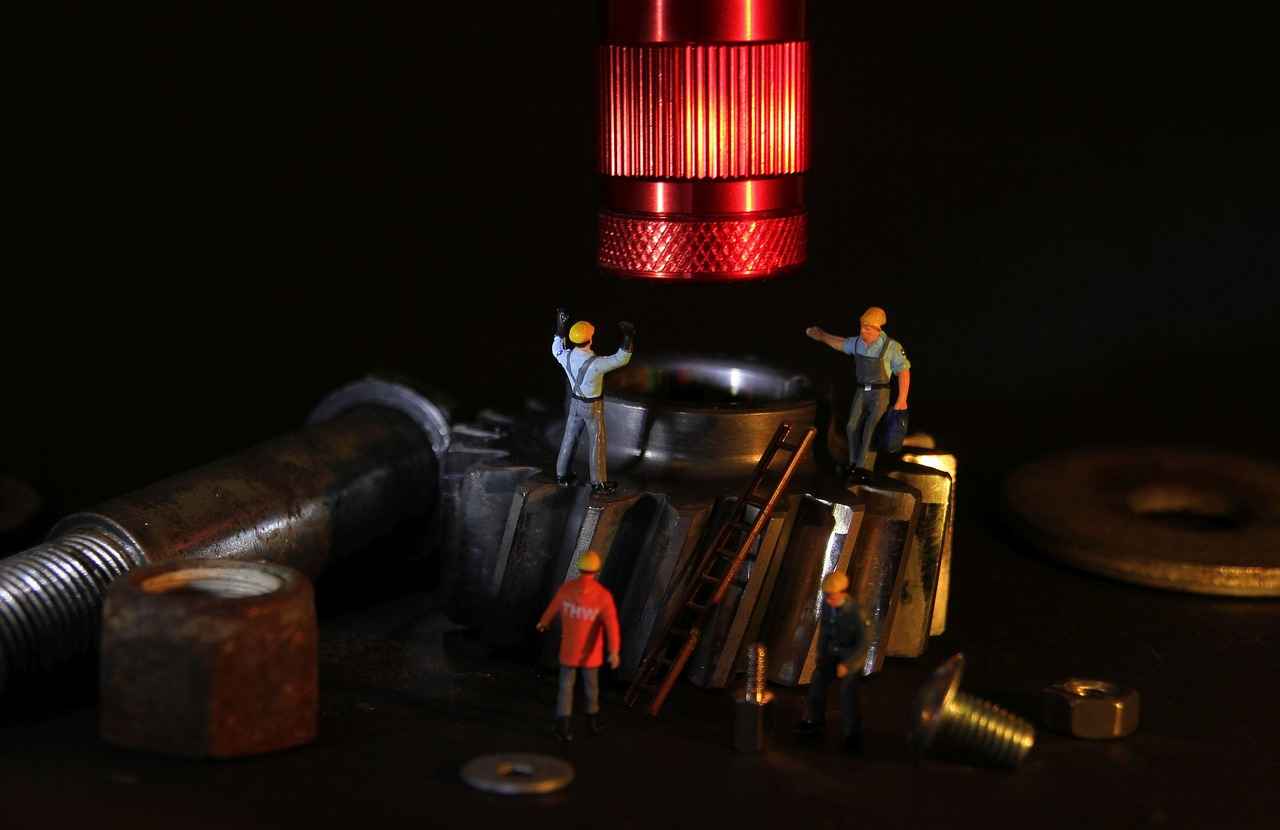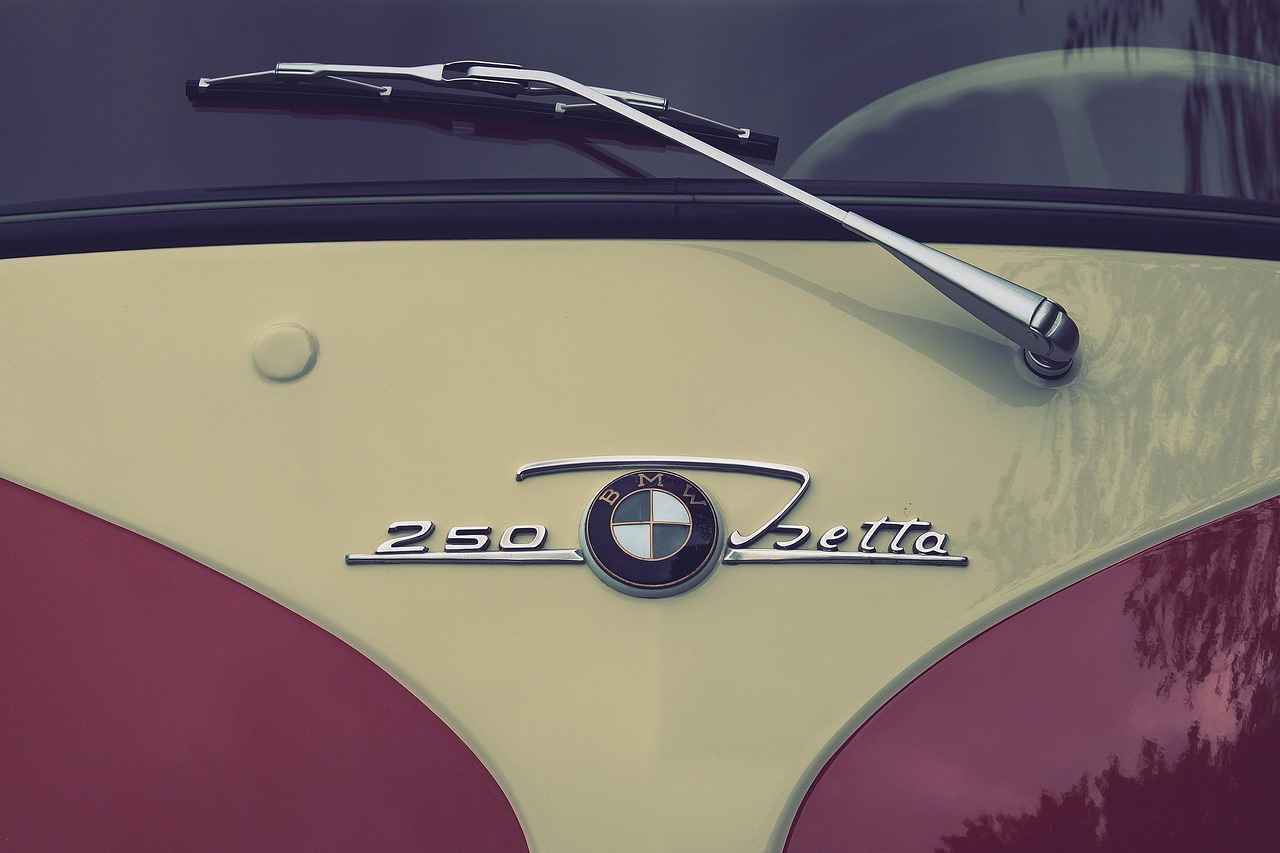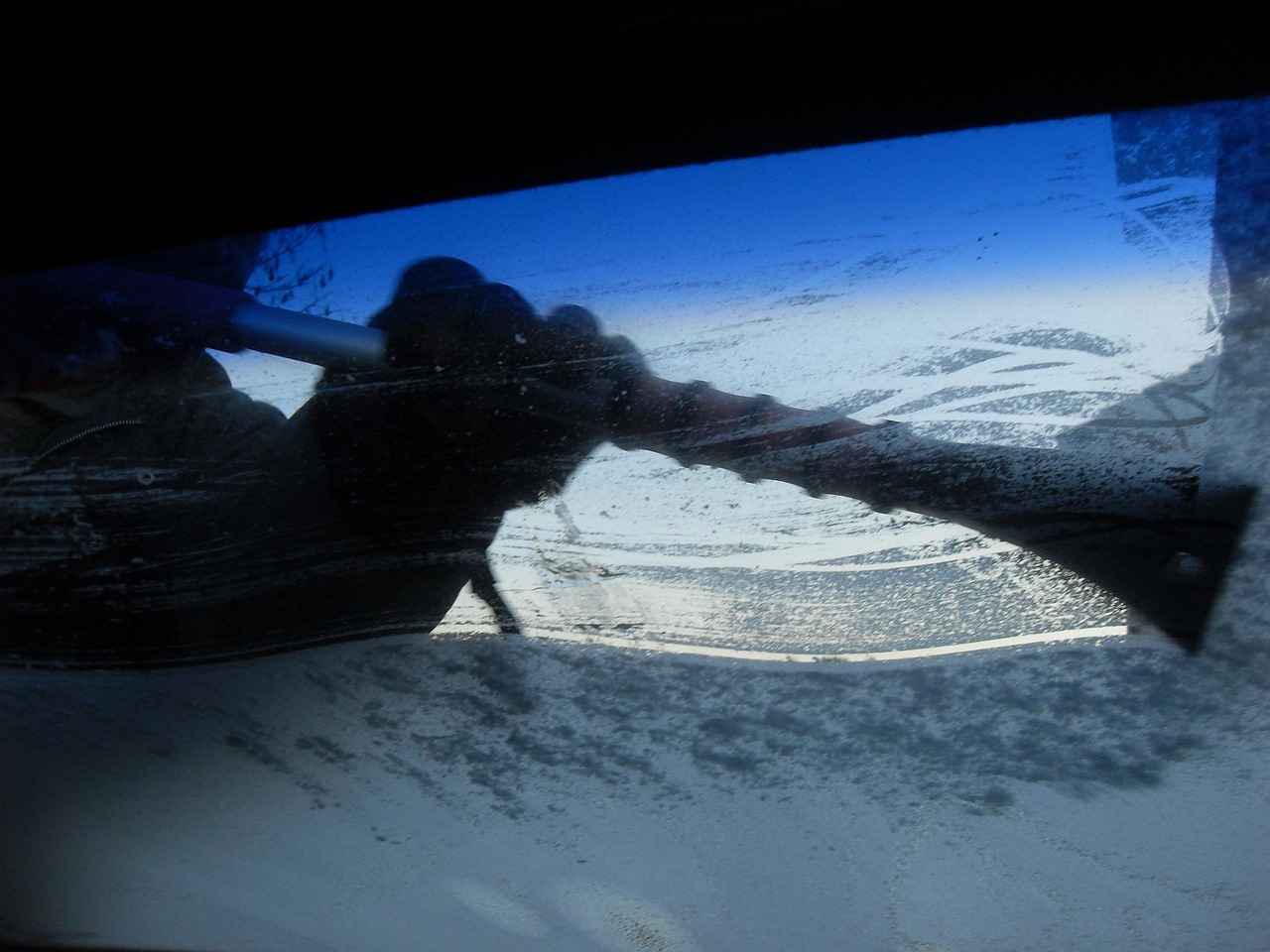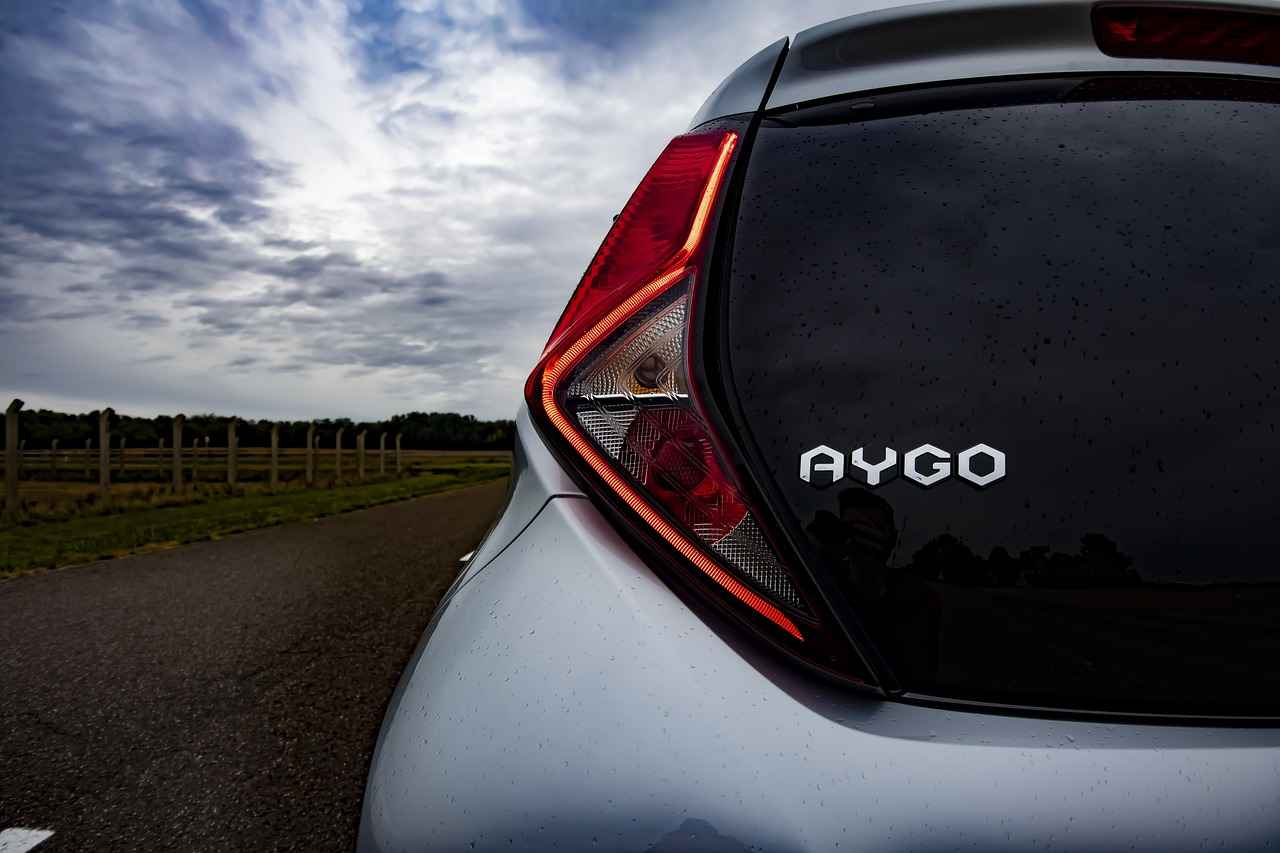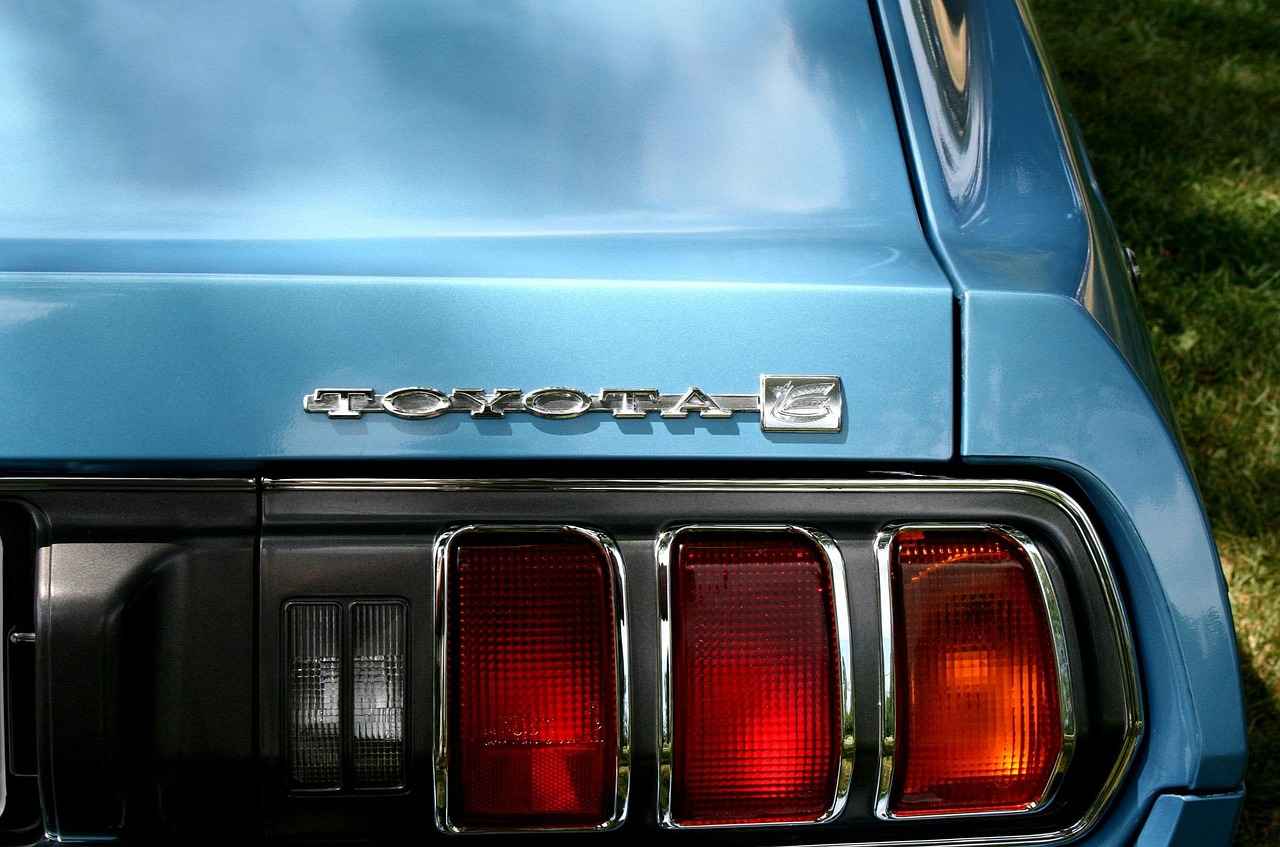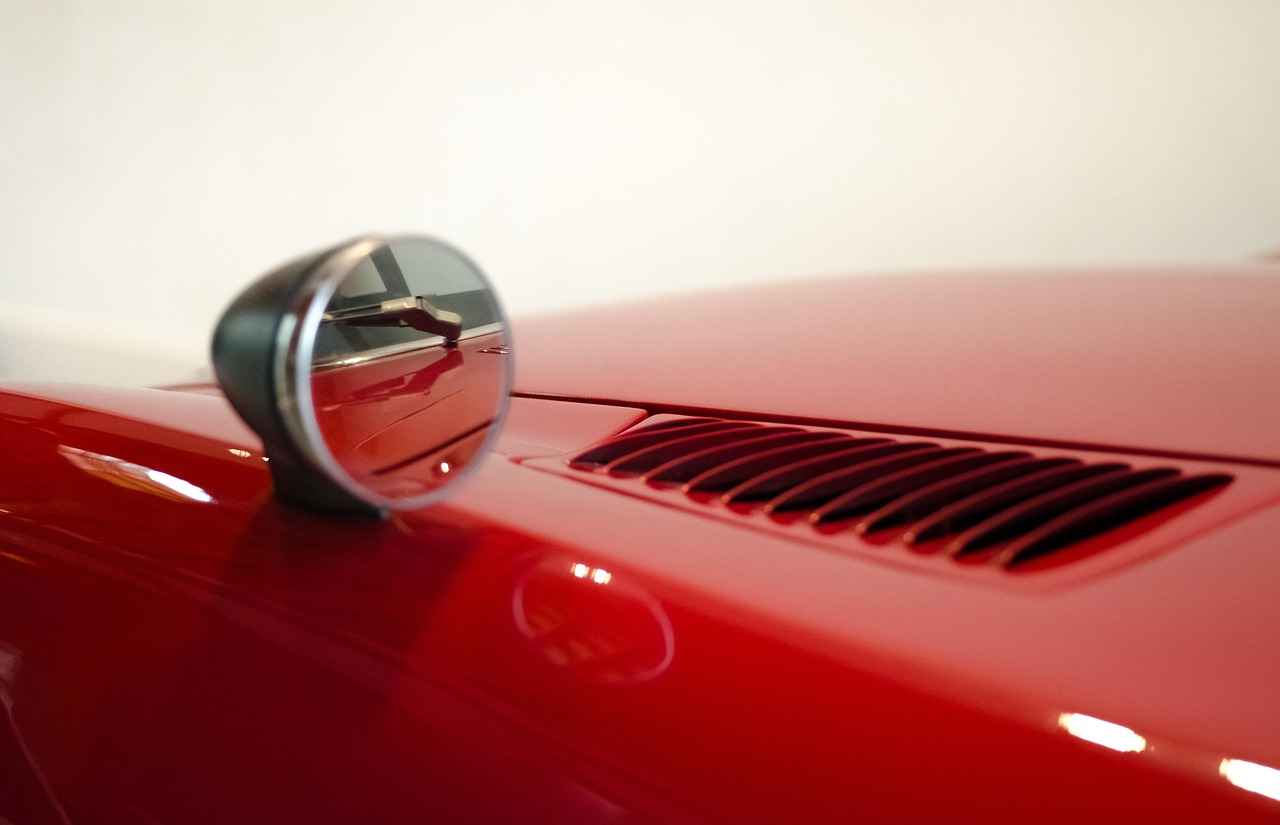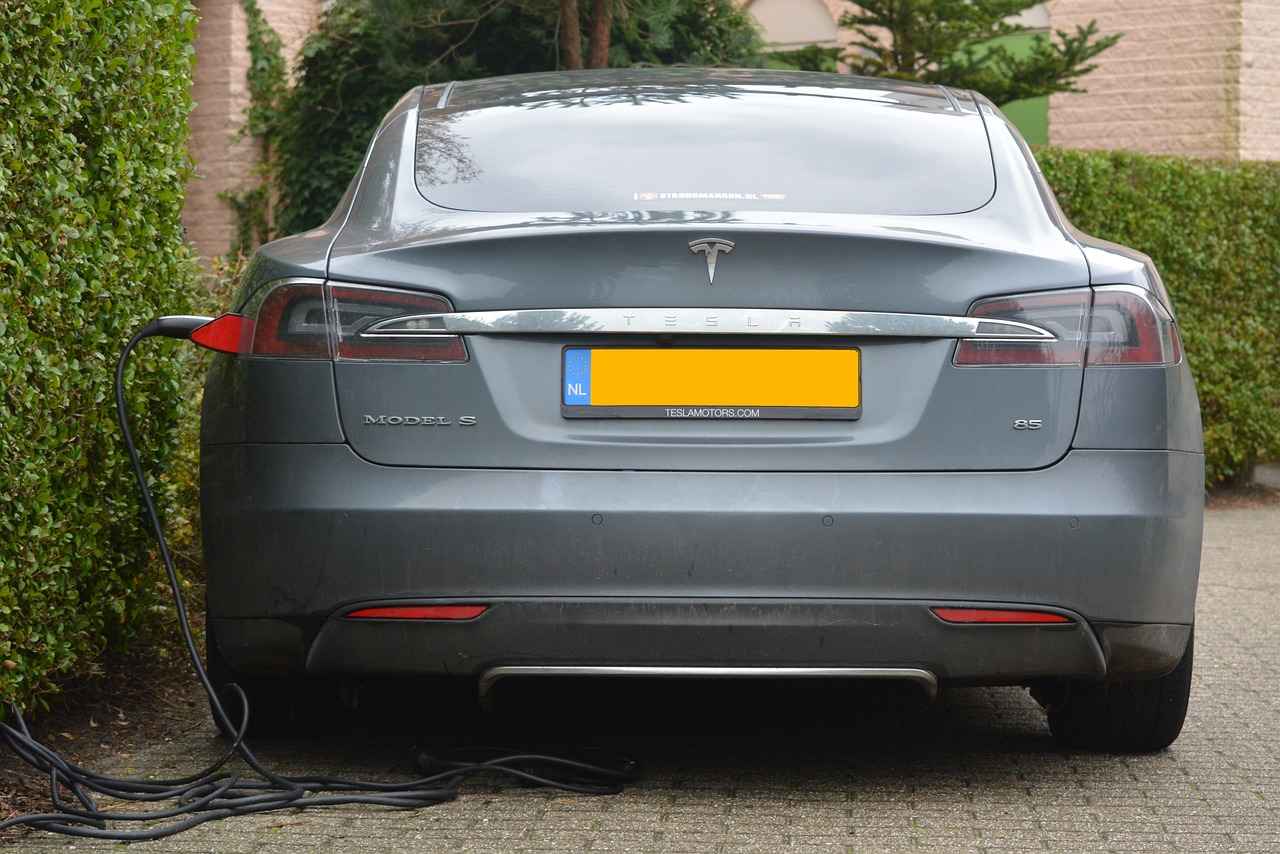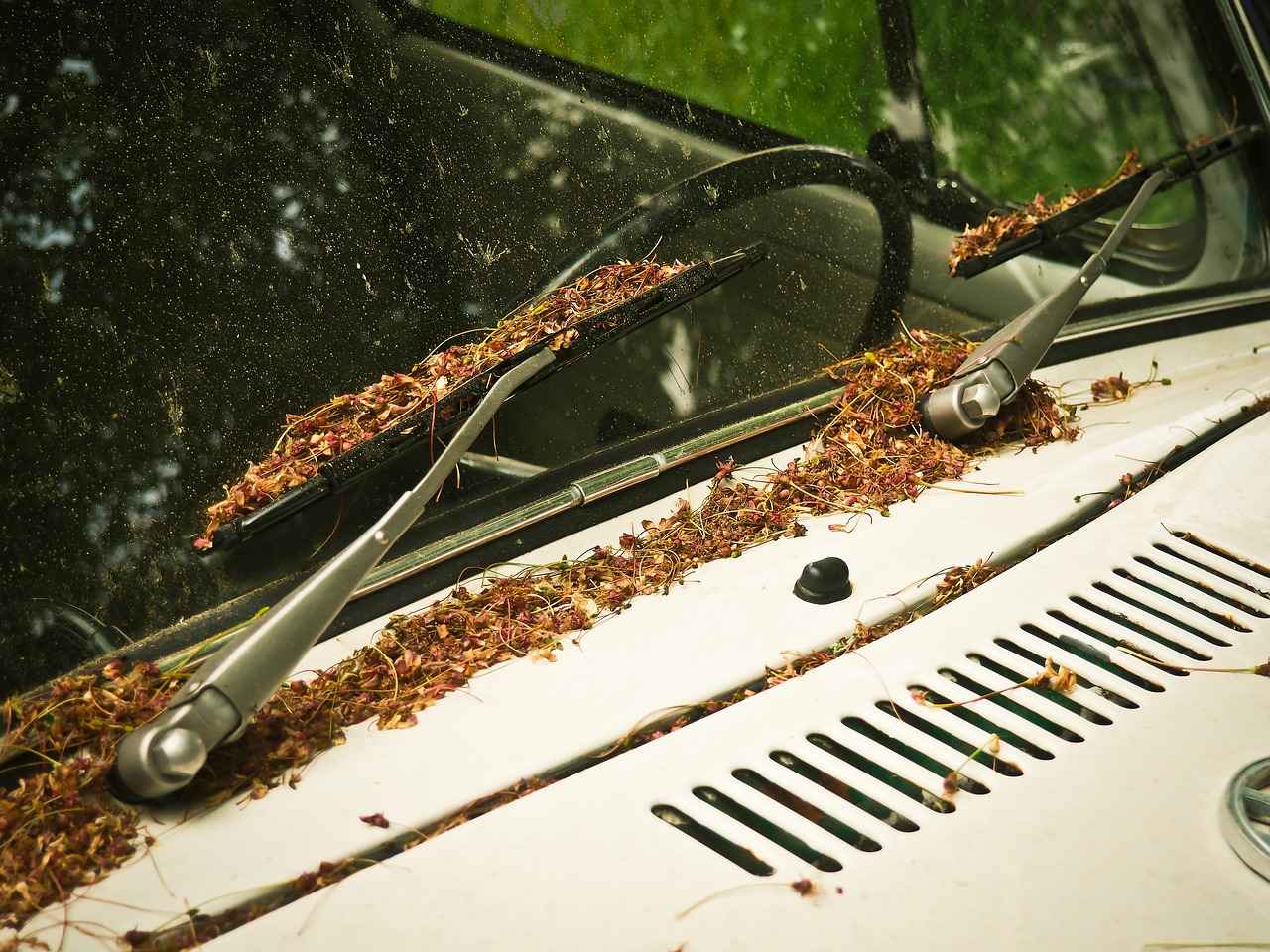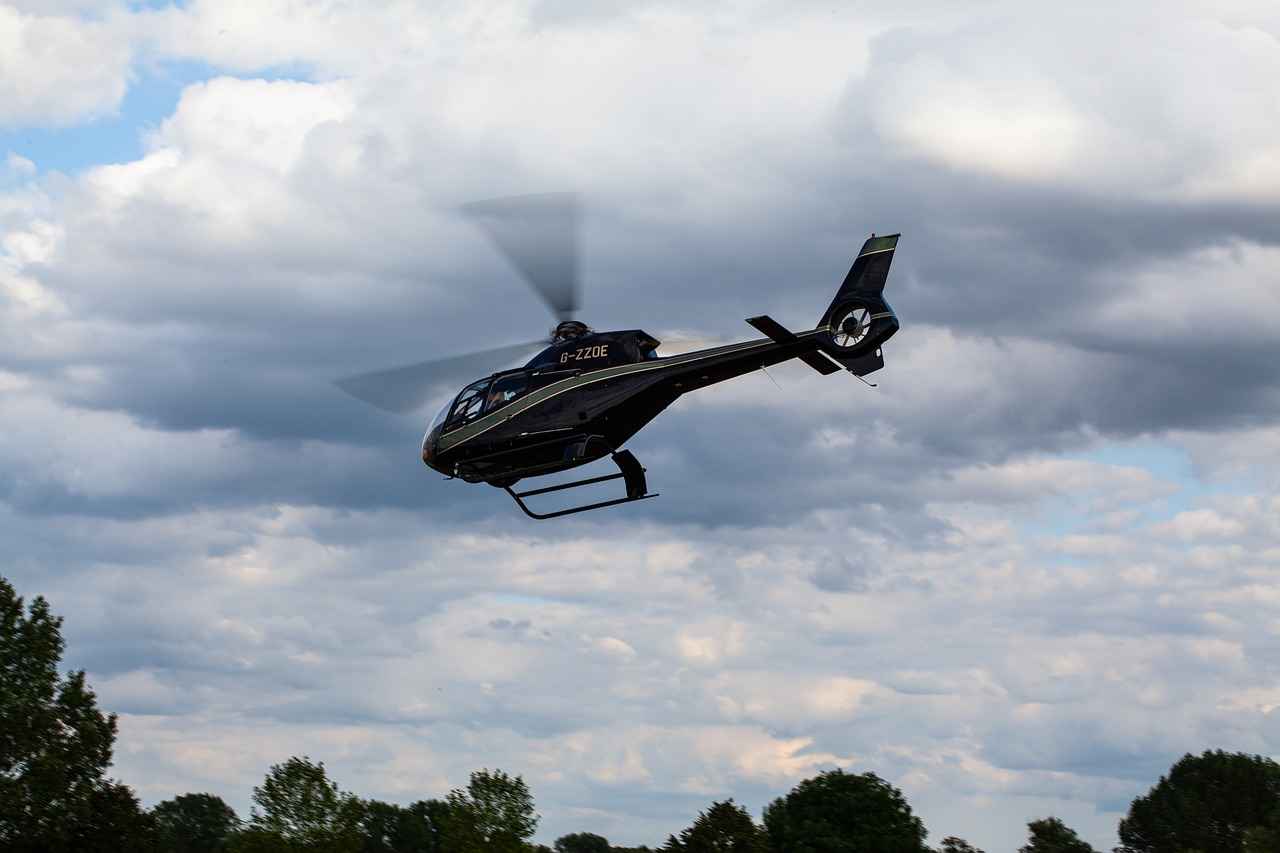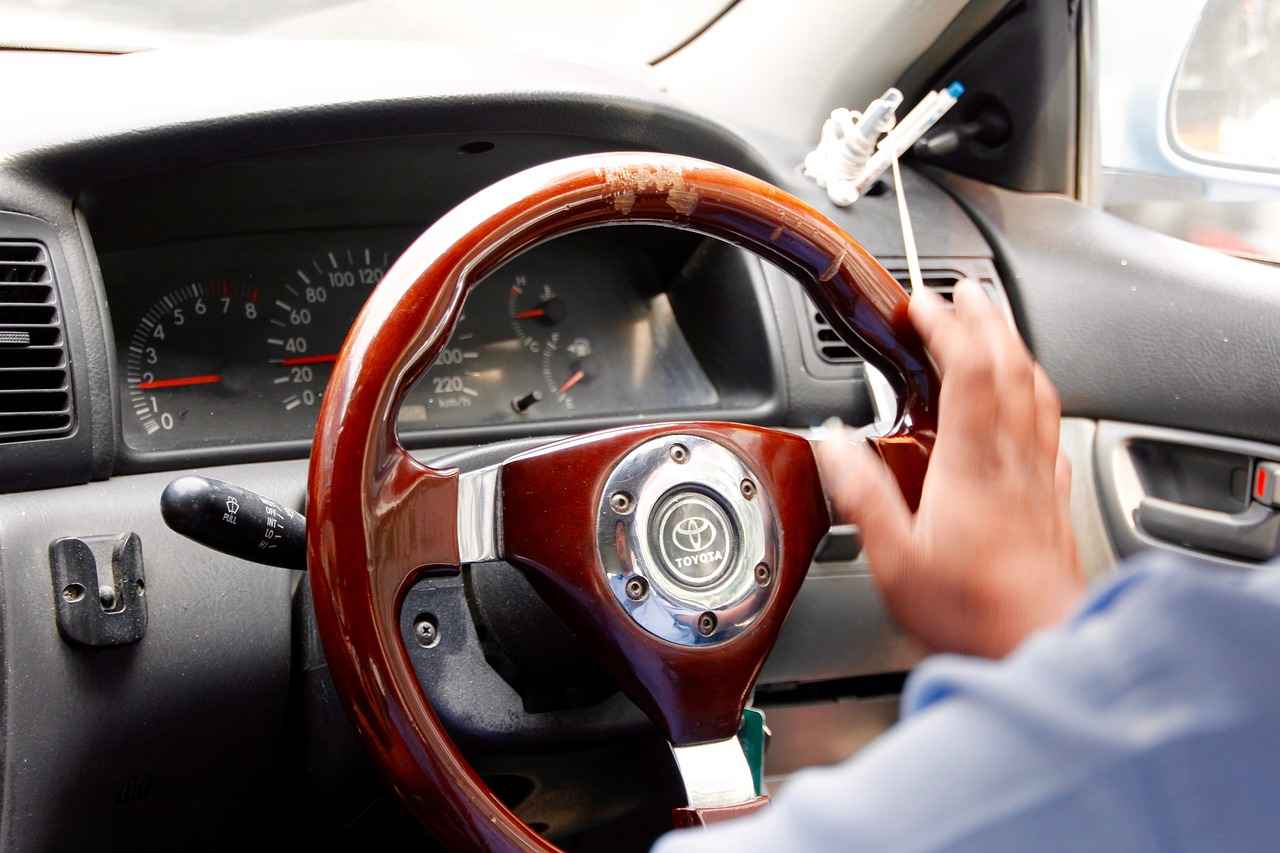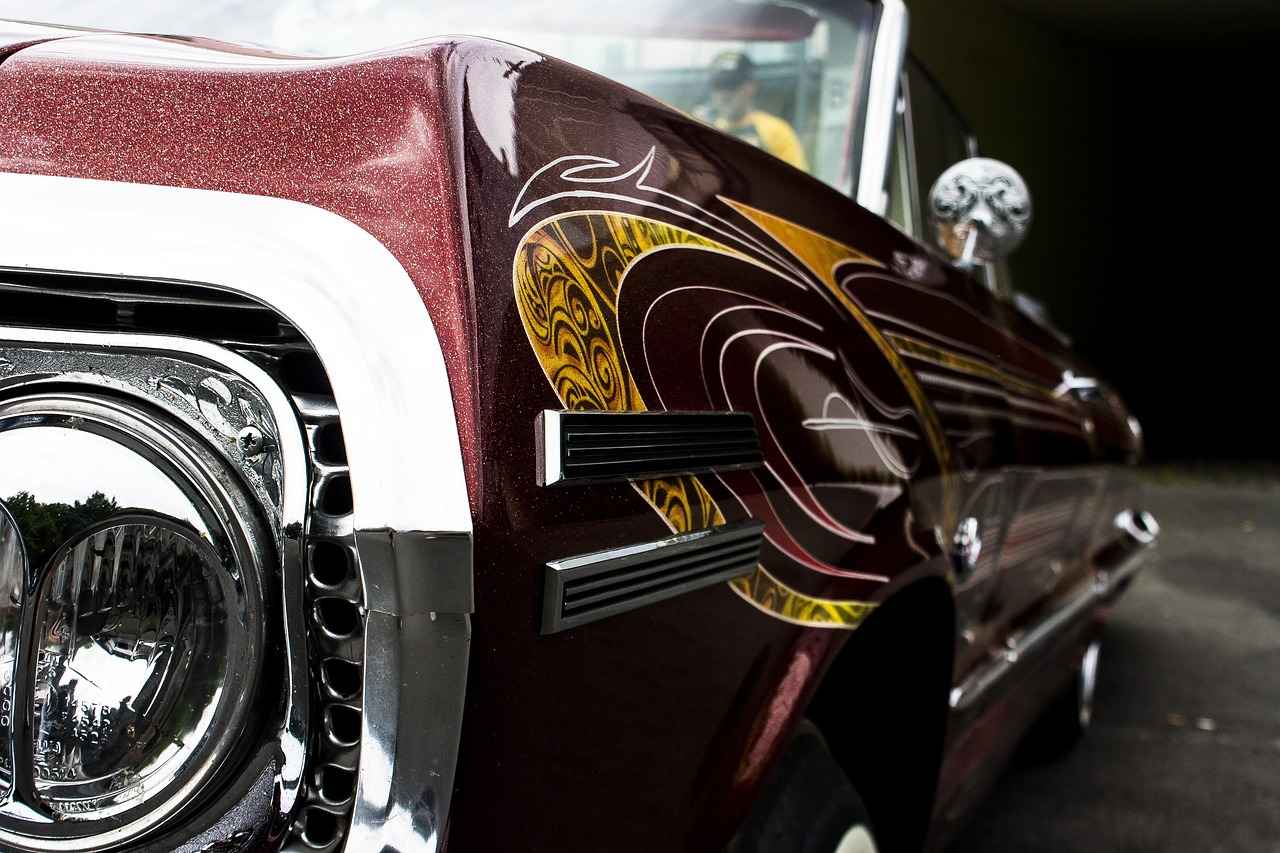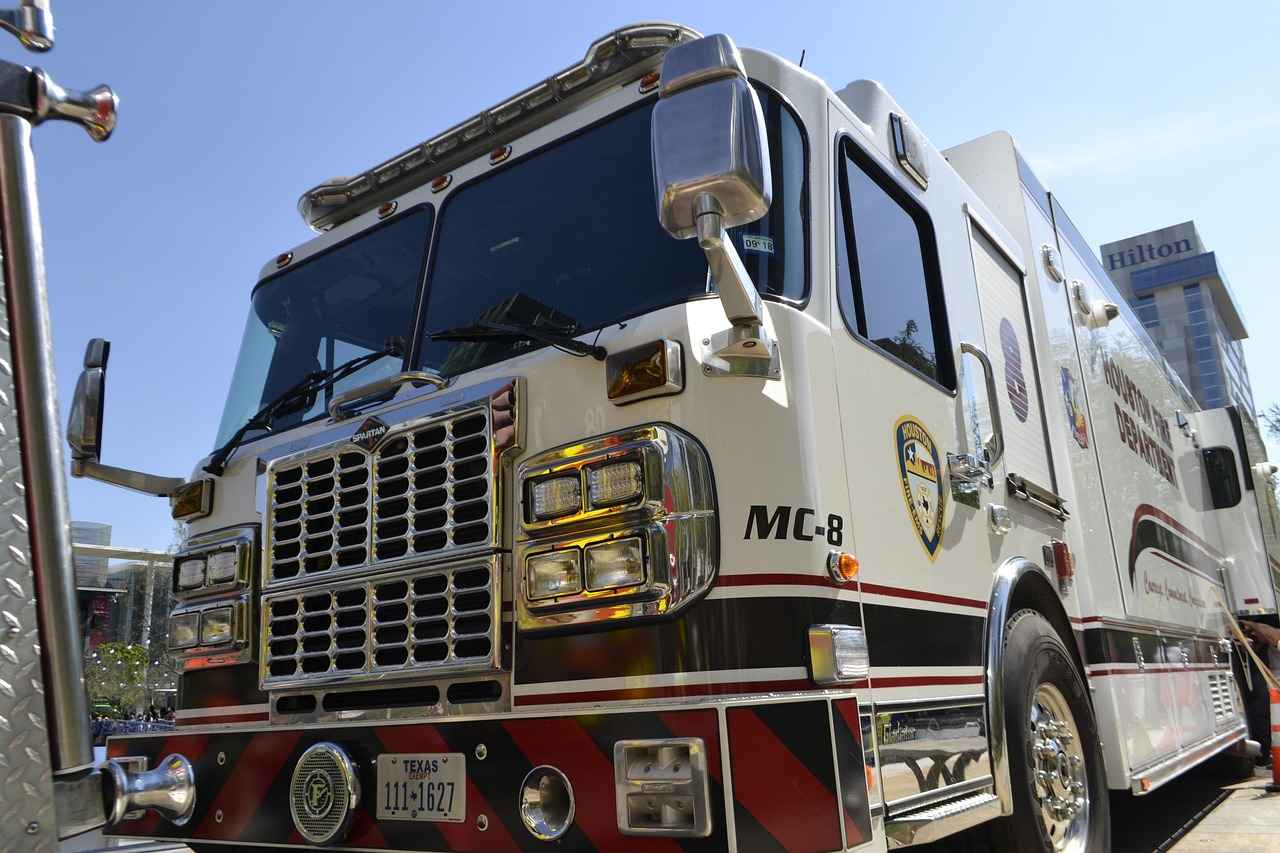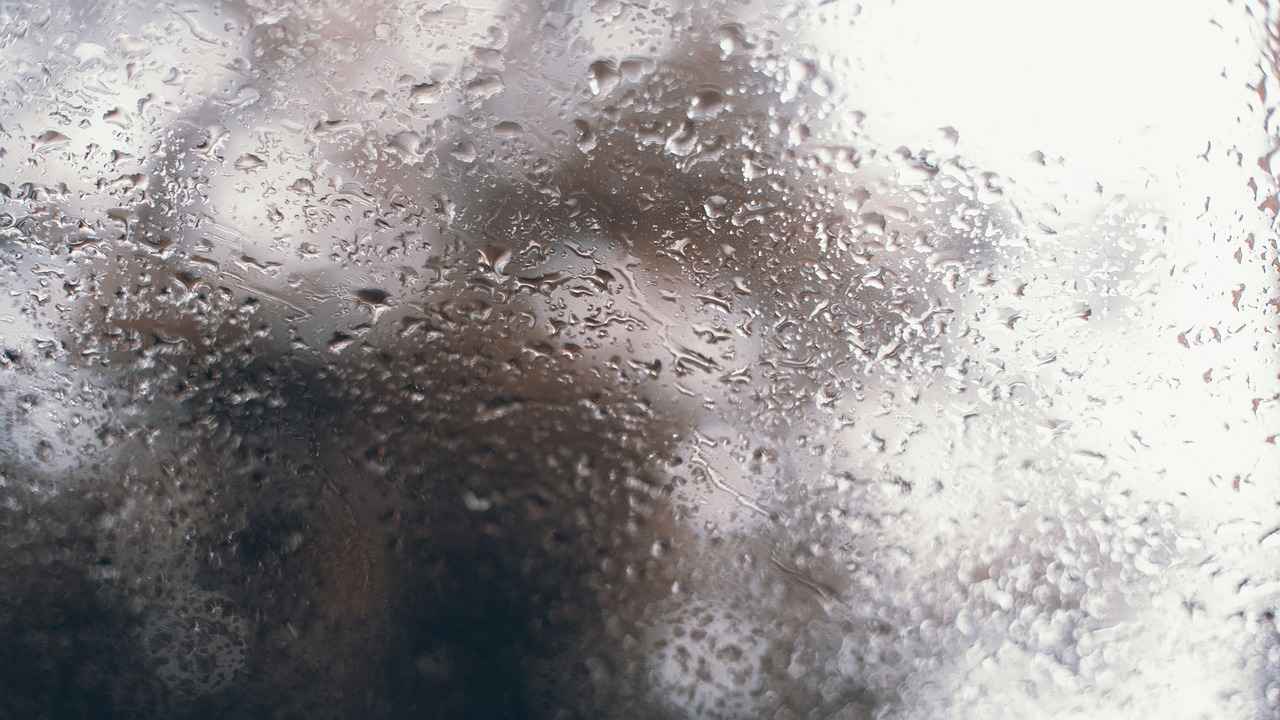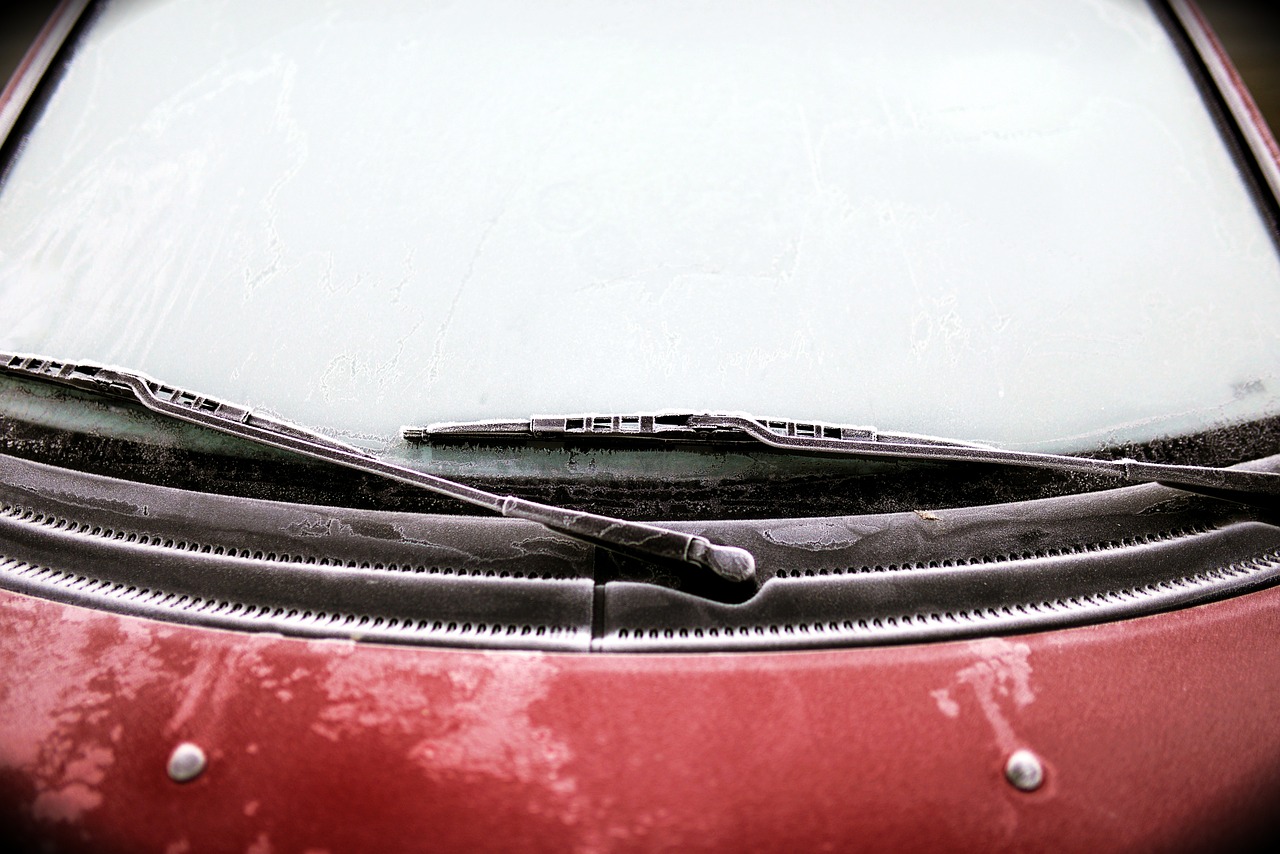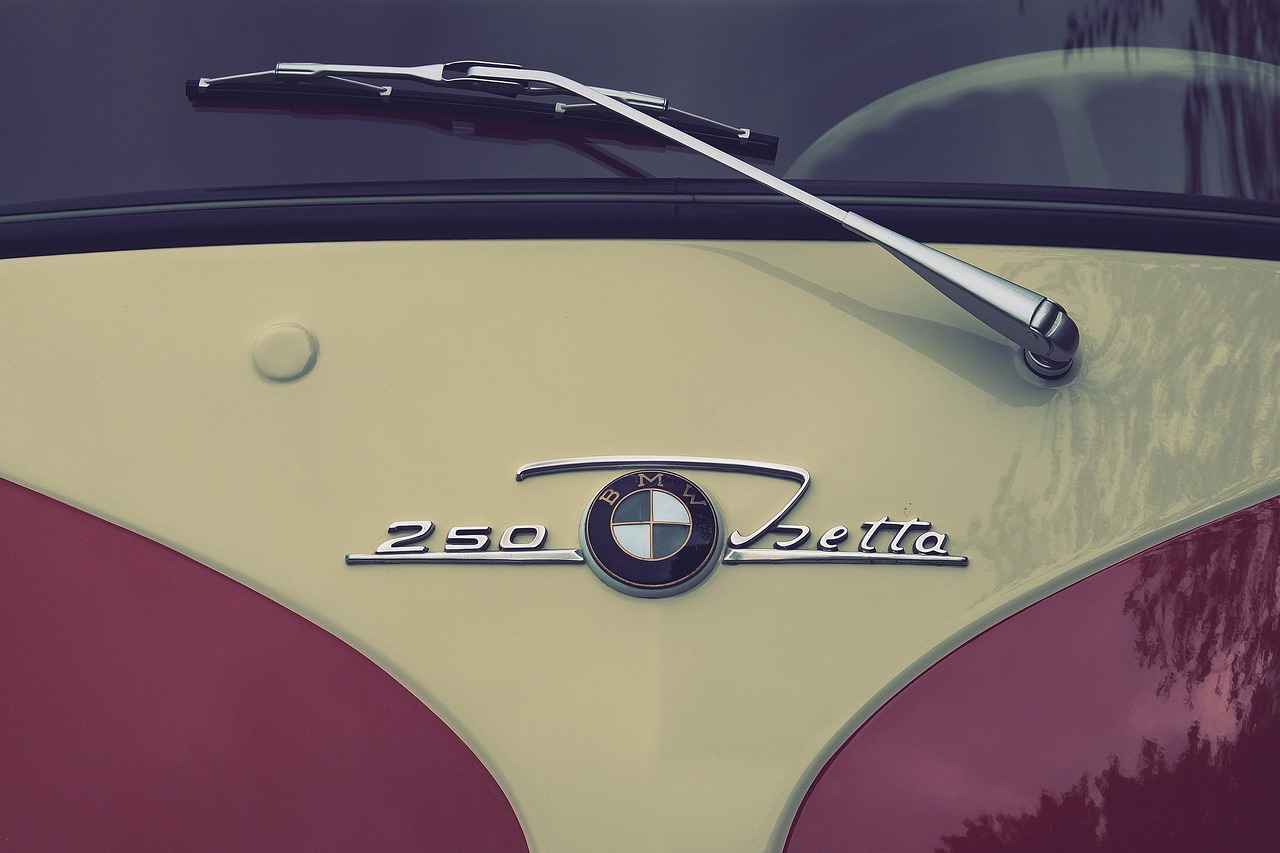Windshield wipers are an essential component of vehicle safety, playing a critical role in maintaining optimal visibility during adverse weather conditions. Regularly changing your windshield wipers is not just a matter of convenience; it is a necessity for ensuring your safety on the road. In this article, we will delve into the importance of windshield wipers, how often they should be changed, and the signs that indicate a replacement is necessary.
Recognizing the signs that your windshield wipers need replacement is crucial for safe driving. Some key indicators include:
- Streaking: If your wipers leave streaks on the windshield, it means they are not making proper contact.
- Skipping: Wipers that skip across the glass may be worn out or damaged.
- Noisy Operation: Unusual noises during wiper use can indicate that the blades are worn or that there is debris stuck in them.
On average, windshield wipers last between six months to a year, depending on various factors such as usage, climate, and the quality of the wipers themselves. Regular maintenance and timely replacement can significantly extend their lifespan, which is particularly critical for driving in adverse weather conditions.
Several factors can influence how long your windshield wipers last:
- Climate: Extreme temperatures and weather conditions can accelerate wear and tear.
- Frequency of Use: Regular use in heavy rain or snow can lead to quicker degradation.
- Quality of Wipers: Higher-quality wipers tend to last longer and perform better.
Extreme weather conditions, such as intense sun exposure or heavy rain, can wear down wiper blades more quickly. For instance, heat can cause rubber blades to crack and degrade, while icy conditions can lead to stiffness, making them less effective. Knowing your local climate can help you anticipate when to check your wipers.
The more frequently you use your windshield wipers, the faster they will wear out. Frequent use during rain or snow necessitates more regular checks and replacements. If you find yourself using your wipers often, consider inspecting them every few months to ensure they are in good condition.
Proper maintenance can prolong the life of your windshield wipers. Here are some tips:
- Regular Cleaning: Clean the wiper blades with a soft cloth and mild detergent to remove dirt and debris.
- Inspect Regularly: Check for any visible signs of wear, such as cracks or fraying.
- Use Proper Fluid: Ensure your windshield washer fluid is filled and appropriate for your climate.
Knowing the best practices for replacing windshield wipers can enhance your driving safety:
- Selecting the Right Size: Always refer to your vehicle’s manual or consult an automotive retailer to ensure you choose the correct size for your wipers.
- Choosing High-Quality Materials: Investing in high-quality windshield wipers can lead to better visibility and durability. Cheaper options may not perform well in adverse conditions, posing safety risks while driving.
- Following Installation Instructions: Proper installation is key to ensuring the optimal performance of your new wipers.
In summary, maintaining your windshield wipers is vital for safe driving. By recognizing the signs of wear, understanding the factors that affect their lifespan, and adhering to best practices for replacement, you can ensure that your visibility remains uncompromised, no matter the weather conditions.
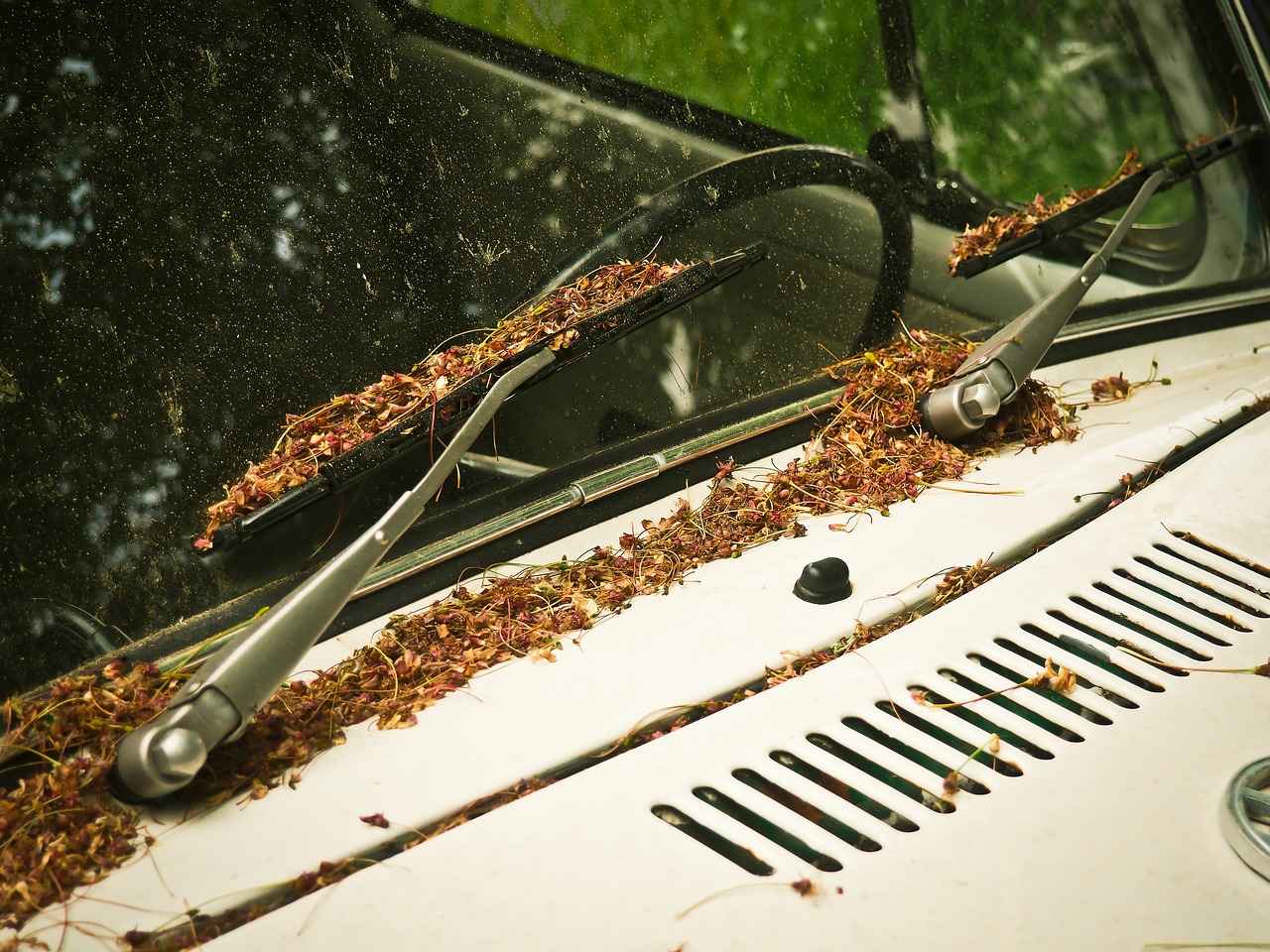
What Are the Signs That Indicate Wiper Replacement?
Windshield wipers are essential for maintaining clear visibility during adverse weather conditions. They play a crucial role in ensuring that drivers can see the road ahead, making it vital to keep them in optimal working condition. Understanding the signs that indicate your windshield wipers need replacement can significantly improve your safety while driving. Below, we delve into the key indicators that suggest it’s time to change your wipers.
- Streaking: If your wipers are leaving streaks on the windshield, it’s a clear sign that they are worn out. Streaks can obstruct your view, especially in heavy rain or snow.
- Skipping: Wipers that skip across the glass instead of making smooth contact can be ineffective. This skipping can be caused by a bent arm or worn-out blades.
- Noises During Operation: Unusual noises such as squeaking or grinding can indicate that the rubber on your wipers is deteriorating. These sounds are often a precursor to complete failure.
- Visible Damage: Inspect your wiper blades regularly for any signs of physical damage, such as cracks, tears, or missing pieces. Any visible damage means it’s time for a replacement.
- Reduced Visibility: If you notice that your wipers are not clearing water effectively, it may be time to invest in new ones. This is especially crucial during heavy rainfall.
- Age of the Wipers: Even if your wipers appear to be functioning well, they should be replaced every six to twelve months. Regularly checking their condition can prevent unexpected failures.
It’s essential to pay attention to these signs to maintain optimal visibility while driving. Ignoring these indicators can lead to dangerous situations, especially in inclement weather.
In addition to recognizing when to replace your wipers, it’s important to understand the factors that can affect their lifespan. Climate, frequency of use, and the quality of the wipers themselves can all play a significant role in how long they last.
For instance, if you live in an area with extreme temperatures or frequent storms, your wipers may wear out more quickly. Regular maintenance, including cleaning the blades and windshield, can also help prolong their life.
In conclusion, being proactive about your windshield wipers is crucial for your safety. By recognizing the signs that indicate they need replacement, you can ensure that your visibility remains clear and unobstructed, allowing for safer driving experiences.

How Long Do Windshield Wipers Typically Last?
Windshield wipers are essential components of any vehicle, playing a critical role in maintaining visibility during adverse weather conditions. Knowing how long windshield wipers typically last is crucial for ensuring your safety on the road. This article will delve into the lifespan of windshield wipers, the factors affecting their durability, and how to extend their life.
On average, windshield wipers last between six months to a year. However, this lifespan can vary significantly based on several factors, including usage frequency and environmental conditions. For instance, if you live in an area with harsh winters or intense summer heat, your wipers may wear out faster than in milder climates. Regular inspections and maintenance are vital to ensure they function correctly when needed most.
Several key factors can influence how long your windshield wipers will last:
- Climate: Extreme weather conditions can accelerate wear. Intense sunlight can cause rubber blades to crack, while heavy rain or snow can lead to more frequent use.
- Frequency of Use: The more often you use your wipers, the quicker they will degrade. Frequent use during inclement weather necessitates a more regular replacement schedule.
- Quality of Wipers: Investing in high-quality wipers can significantly impact their longevity. Cheaper options may not withstand the elements as well as premium brands.
Climate plays a significant role in the lifespan of windshield wipers. In regions with extreme temperatures, either hot or cold, the materials used in wipers can break down more quickly. For example, the rubber on wipers can become brittle and crack in intense heat, while freezing temperatures can cause them to freeze to the windshield, leading to damage when used.
Usage is another critical factor. If you frequently drive in rainy or snowy conditions, your wipers will experience more wear and tear. It’s essential to monitor their performance regularly, especially if you notice streaking or skipping during operation, which are signs that replacement may be necessary.
Proper maintenance can significantly extend the life of your windshield wipers. Here are some practical tips:
- Regular Cleaning: Keep your wiper blades clean by wiping them with a soft cloth and a mild detergent. This helps remove dirt and debris that can cause damage.
- Inspect for Damage: Regularly check your wipers for signs of wear, such as cracks or tears in the rubber. Early detection can prevent further issues.
- Replace When Necessary: If you notice any performance issues, it’s best to replace your wipers promptly to ensure safety.
Knowing when and how to replace your windshield wipers can enhance your driving safety. Here are some best practices:
- Select the Right Size: Always refer to your vehicle’s manual for the correct wiper size. Installing the wrong size can lead to ineffective performance.
- Choose High-Quality Materials: Opt for wipers made from durable materials that can withstand various weather conditions.
- Follow Installation Instructions: Ensure you follow the provided instructions for installation to avoid any mishaps.
In summary, understanding the lifespan of windshield wipers and the factors that affect their durability is essential for maintaining optimal visibility while driving. Regular maintenance and timely replacements can significantly enhance your safety on the road.
What Factors Affect Wiper Lifespan?
Windshield wipers are essential for maintaining clear visibility during adverse weather conditions. However, many drivers may not realize that several factors can significantly influence the lifespan of these critical components. Understanding these factors can help you make informed decisions about when to replace your wipers, ensuring optimal performance and safety on the road.
Several elements contribute to how long your windshield wipers will last. By being aware of these factors, you can take proactive steps to extend their life and maintain clear visibility.
- Climate Conditions: Extreme weather can take a toll on your wipers. For instance, intense sunlight can cause the rubber blades to dry out and crack, while heavy rain or snow can lead to faster wear. If you live in an area with harsh weather conditions, it’s crucial to check your wipers more frequently.
- Frequency of Use: The more often you use your windshield wipers, the quicker they will degrade. Frequent use during rainstorms or snow can lead to rapid wear and tear. If you often find yourself using your wipers, consider investing in higher-quality blades that can withstand increased usage.
- Quality of Wipers: Not all windshield wipers are created equal. Investing in high-quality wipers can make a significant difference in durability and performance. Cheaper options may save you money in the short term but can lead to more frequent replacements and safety risks.
- Maintenance Practices: Regular maintenance can greatly extend the life of your wipers. Cleaning the blades and windshield regularly can prevent dirt and debris from causing scratches and damage. Additionally, inspecting wipers for any signs of wear can help you address issues before they become serious.
Climate plays a significant role in the wear and tear of your windshield wipers. In areas where summers are hot and winters are harsh, wipers can be subjected to extreme conditions that accelerate their deterioration. For example, the UV rays from the sun can cause the rubber to become brittle, while ice and snow can lead to physical damage. Monitoring your local weather and adjusting your maintenance routine accordingly can help you stay ahead of potential issues.
Usage is another critical factor affecting the lifespan of windshield wipers. If you frequently drive in rainy or snowy conditions, your wipers will naturally wear out faster. It’s important to pay attention to how often you use them and to replace them proactively rather than waiting for them to fail. Regular inspections can help you identify when they’re starting to show signs of wear, such as streaking or skipping.
Proper maintenance is key to extending the life of your windshield wipers. Here are some tips:
- Regular Cleaning: Wipe the blades with a damp cloth to remove dirt and debris. This can help prevent scratches on your windshield.
- Inspect for Damage: Regularly check for cracks or tears in the rubber. If you notice any damage, it’s time for a replacement.
- Store Your Vehicle Properly: If possible, park in a garage or shaded area to protect your wipers from extreme weather.
By understanding the factors that affect the lifespan of your windshield wipers and taking proactive steps to maintain them, you can ensure that you have clear visibility when you need it most. Regular checks and timely replacements can significantly enhance your driving safety.
How Does Climate Impact Wiper Durability?
Understanding how climate impacts wiper durability is essential for safe driving. Windshield wipers are critical components of your vehicle, designed to ensure clear visibility during adverse weather conditions. However, their effectiveness can be significantly influenced by the environmental factors they are exposed to. In this section, we will explore how various climatic conditions can affect the lifespan and performance of your wiper blades.
Extreme temperatures, both hot and cold, can have detrimental effects on the materials used in windshield wipers. In regions with intense heat, the rubber on wiper blades can dry out and crack, leading to reduced effectiveness. Conversely, in freezing temperatures, the rubber may become brittle and less flexible, making it more susceptible to damage.
High humidity levels can contribute to the deterioration of wiper blades as well. When wipers are frequently exposed to moisture, they can develop mold or mildew, which can compromise their ability to clear water effectively. Additionally, the constant moisture can lead to rust on the metal components of the wipers, further reducing their lifespan.
Regions that experience heavy rain or snowfall put wiper blades to the test. Frequent use in such conditions leads to increased wear and tear. Heavy rain can cause wipers to work harder to maintain visibility, while snow can weigh down the blades, causing them to bend or break. Regular inspections during these seasons are crucial to ensure that your wipers are functioning correctly.
- Regular Inspections: Check your wiper blades every few months, especially before the rainy or snowy seasons.
- Proper Storage: If possible, park your vehicle in a garage or covered area to protect it from extreme weather.
- Use Quality Wipers: Invest in high-quality wiper blades designed to withstand harsh environmental conditions.
Recognizing the signs of wear is crucial for maintaining optimal visibility. Look for streaking on the windshield, which indicates that the rubber has worn down. Additionally, skipping during operation or unusual noises can signify that your wipers are struggling to perform due to climate-related damage.
In conclusion, understanding how climate impacts wiper durability can help you make informed decisions regarding maintenance and replacement. By being proactive and attentive to the conditions your wipers face, you can enhance your safety on the road and ensure that your visibility remains clear, regardless of the weather.
What Role Does Usage Play in Wiper Wear?
Windshield wipers are essential for maintaining clear visibility during adverse weather conditions. However, their effectiveness diminishes over time due to various factors, with usage being one of the most significant. Understanding the impact of frequent use on wiper wear can help you make informed decisions about maintenance and replacement.
The more frequently you activate your windshield wipers, the quicker they will deteriorate. This is particularly true during heavy rain or snow, where the constant motion and friction against the windshield can lead to accelerated wear. In fact, regular exposure to harsh weather conditions can result in the rubber blades becoming brittle and cracked, compromising their ability to clear water effectively.
Moreover, the frequency of use can also be influenced by your driving habits. For instance, if you often drive in areas prone to sudden weather changes, you may find yourself using your wipers more frequently than someone who drives in a more stable climate. This frequent activation can lead to a shorter lifespan for the wiper blades, necessitating more regular checks and potential replacements.
To illustrate this point, consider the following table that outlines the average lifespan of windshield wipers based on usage frequency:
| Usage Frequency | Average Lifespan |
|---|---|
| Daily Use in Rain/Snow | 3-6 months |
| Weekly Use | 6-12 months |
| Occasional Use | 1-2 years |
It is important to regularly inspect your wipers for signs of wear, especially if you use them frequently. Look for indicators such as streaking on the windshield, skipping across the glass, or any unusual noises during operation. These signs can indicate that the wipers are no longer functioning effectively and need to be replaced.
Additionally, consider the quality of the wipers you are using. High-quality wiper blades are often designed to withstand more frequent use and harsh conditions, providing better performance over time. Investing in premium wipers can save you money in the long run, as they may not need to be replaced as often as cheaper alternatives.
In conclusion, the role of usage in wiper wear is significant. Frequent activation under challenging weather conditions can lead to quicker degradation of your windshield wipers. By understanding this relationship, you can better maintain your wipers, ensuring optimal visibility and safety while driving. Regular inspections and choosing high-quality blades are essential steps in prolonging the life of your windshield wipers.
How Can I Maintain My Windshield Wipers?
Maintaining your windshield wipers is crucial for ensuring clear visibility during adverse weather conditions. Proper care can significantly extend the lifespan of your wipers, allowing them to perform optimally when you need them the most.
Regular maintenance of your windshield wipers is essential for several reasons. It not only helps in preventing premature wear but also ensures that the wipers function effectively, providing you with a clear view of the road ahead. Cleaning and inspecting your wipers can help identify any issues before they worsen, making it a proactive approach to vehicle care.
Ideally, you should clean your windshield wipers at least once a month. This involves wiping the rubber blades with a soft cloth and a gentle cleaner to remove dirt, grime, and debris. Regular cleaning not only keeps the blades in good condition but also prevents scratches on your windshield.
When inspecting your windshield wipers, there are several key factors to consider:
- Cracks or Tears: Check for any visible damage on the rubber blades.
- Streaking: If your wipers leave streaks on the windshield, it may indicate that they need replacement.
- Skipping: If the wipers do not make full contact with the glass, it could be a sign of wear.
- Noises: Unusual sounds during operation may signify that the wipers are not functioning properly.
To maintain your windshield wipers effectively, consider the following best practices:
- Use the Right Cleaning Products: Avoid harsh chemicals that can damage the rubber. Instead, opt for mild soap and water.
- Store Wipers Properly: If you live in an area with extreme temperatures, consider lifting the wipers away from the windshield to prevent them from sticking.
- Replace Wipers Regularly: Even with proper maintenance, wipers should be replaced every 6 to 12 months, depending on usage and environmental conditions.
Extreme weather conditions can significantly impact the performance and lifespan of your windshield wipers. For instance, intense heat can cause the rubber to dry out and crack, while freezing temperatures can lead to the blades sticking to the windshield. Understanding your local climate can help you anticipate when to check and maintain your wipers.
Investing in high-quality windshield wipers is crucial for ensuring optimal performance. Cheaper options may not provide the same level of visibility or durability, particularly in adverse weather conditions. High-quality blades are designed to withstand the elements, providing better performance and safety.
In conclusion, proper maintenance of your windshield wipers is essential for maintaining visibility and safety while driving. Regular cleaning, thorough inspections, and timely replacements can significantly enhance the effectiveness of your wipers, ensuring they perform optimally when you need them the most.

What Are the Best Practices for Wiper Replacement?
When it comes to maintaining your vehicle, windshield wipers are often overlooked, yet they play a crucial role in ensuring your safety on the road. Knowing the best practices for wiper replacement can significantly enhance your driving experience, especially during adverse weather conditions. This article delves into essential tips for selecting and replacing your windshield wipers effectively.
Choosing the correct size for your windshield wipers is fundamental for optimal performance. Wipers that are too long or too short can lead to ineffective wiping and may even damage your windshield. Most vehicle manuals provide specifications for the correct size, or you can consult with an automotive retailer. Additionally, many online tools allow you to input your vehicle’s make and model to find the right wiper size.
When it comes to windshield wiper materials, quality is paramount. High-quality wipers are typically made from materials such as natural rubber or silicone, which offer better resistance to wear and tear. These materials provide a smoother wipe and are more durable in extreme weather conditions. Cheaper alternatives may wear down quickly, leading to streaks or skips, which can compromise your visibility.
Following installation instructions is vital for ensuring that your new windshield wipers function correctly. Many wipers come with detailed guides, and taking the time to read these can prevent common installation errors. An improper fit can lead to uneven wiping or even damage to the wiper mechanism. If you are unsure, consider seeking assistance from a professional.
It’s generally recommended to replace your windshield wipers every six to twelve months, depending on usage and environmental factors. If you notice any signs of wear, such as streaking or skipping, it’s time for a replacement. Regular checks can help you maintain optimal visibility and safety while driving.
- Streaking: If your wipers leave streaks on your windshield, it’s a clear sign they need replacing.
- Skipping: Wipers that skip or chatter during operation may not be making proper contact with the glass.
- Noisy Operation: Unusual noises during wiper operation can indicate wear and tear.
Proper maintenance can significantly prolong the life of your windshield wipers. Regularly cleaning the blades with a soft cloth and a mild detergent can remove debris that may cause wear. Additionally, keeping your windshield clean will reduce the strain on your wipers. Always inspect your wipers for signs of damage or wear, especially before winter or rainy seasons.
Investing in high-quality windshield wipers not only improves visibility but also enhances durability. Premium brands often come with warranties that guarantee their performance, providing peace of mind. Cheaper options may save you money upfront but can lead to more frequent replacements and safety risks in adverse conditions.
How Do I Choose the Right Wiper Size?
Choosing the right size for your windshield wipers is essential for ensuring optimal performance and safety while driving. Windshield wipers play a crucial role in maintaining visibility, especially during adverse weather conditions. Selecting the appropriate size not only enhances the effectiveness of the wipers but also prevents potential damage to your vehicle’s windshield.
Using the wrong size wiper blades can lead to several issues. For instance, if the blades are too long, they may extend beyond the windshield, causing them to hit the vehicle frame or other components. Conversely, if they are too short, they may not adequately cover the windshield, leaving streaks of water and reducing visibility. Therefore, correct sizing is vital for both performance and safety.
- Consult Your Vehicle Manual: The easiest way to find the correct size is by checking your vehicle’s owner manual, which typically provides specifications for wiper blade sizes.
- Use Online Tools: Many automotive retailers offer online tools where you can input your vehicle make, model, and year to find the right wiper size.
- Visit an Auto Parts Store: If you’re unsure, visiting a local automotive retailer can be beneficial. Knowledgeable staff can assist you in finding the correct size based on your vehicle’s specifications.
Using the wrong size wipers can lead to several negative consequences:
- Poor visibility during rain or snow- Increased wear on the wiper motor- Potential scratching of the windshield- Reduced overall safety while driving
It is advisable to check your wiper size during regular vehicle maintenance or whenever you replace your wiper blades. Changes in weather conditions or wear and tear can necessitate a reassessment of the size and quality of your wipers. Regular checks can help you ensure that your wipers are functioning optimally.
While selecting the correct size is important, the quality of the wipers is equally crucial. High-quality wipers often come with advanced features such as improved rubber compounds that resist wear and tear. Investing in premium wiper blades can lead to better performance, particularly in extreme weather conditions, thus enhancing your driving safety.
After selecting the right size and quality, proper installation is key to ensuring effective performance:
- Follow Manufacturer Instructions: Always refer to the installation instructions provided by the manufacturer for the best results.
- Ensure Secure Attachment: Make sure the wiper blades are securely attached to the wiper arms to prevent them from coming loose during operation.
- Test After Installation: After installing new wipers, test them to ensure they are functioning correctly and providing clear visibility.
In summary, selecting the correct size for your windshield wipers is vital for maintaining safety and visibility while driving. By consulting your vehicle manual, utilizing online resources, and considering both size and quality, you can ensure that your wipers perform effectively in all weather conditions.
Why Is Quality Important When Choosing Wipers?
When it comes to maintaining your vehicle, one of the most critical components often overlooked is the windshield wipers. Quality windshield wipers play a vital role in ensuring your safety and visibility while driving. In this article, we will delve into the importance of investing in high-quality wipers, the risks associated with cheaper alternatives, and how to make informed decisions for your vehicle’s maintenance.
High-quality windshield wipers are designed to perform effectively under various weather conditions. Unlike their cheaper counterparts, these wipers are manufactured with superior materials that enhance their durability and performance. The benefits of investing in quality wipers include:
- Improved Visibility: Quality wipers provide a clearer view during rain, snow, or sleet, significantly reducing the risk of accidents.
- Longer Lifespan: They tend to last longer than cheaper alternatives, saving you money in the long run.
- Better Performance: High-end wipers are engineered to handle harsh weather, ensuring they do not skip or streak.
While it may be tempting to opt for cheaper windshield wipers, this decision can lead to significant safety risks. Here are some of the dangers associated with low-quality wipers:
- Inadequate Performance: Cheap wipers may not clear water effectively, leading to reduced visibility during critical driving conditions.
- Frequent Replacements: Low-quality wipers wear out quickly, leading to more frequent replacements and increased costs over time.
- Potential Damage: Inferior materials can scratch your windshield, leading to costly repairs.
Selecting the right windshield wipers involves more than just picking the cheapest option. Consider the following factors:
- Size: Consult your vehicle’s manual or an automotive retailer to find the correct size for your wipers.
- Material: Look for wipers made from high-quality rubber or silicone, which offer better performance and durability.
- Brand Reputation: Choose brands known for their quality and reliability to ensure you receive a product that meets safety standards.
To maximize the lifespan of your windshield wipers, regular maintenance is essential. Here are some practical tips:
- Clean the Blades: Regularly wipe the rubber blades with a soft cloth to remove dirt and debris.
- Inspect for Damage: Check for cracks or tears in the rubber, and replace wipers if you notice any signs of wear.
- Use Proper Cleaning Solutions: Avoid using harsh chemicals that can degrade the rubber material. Instead, use a gentle glass cleaner.
In summary, investing in high-quality windshield wipers is not just about enhancing your vehicle’s aesthetics; it’s a crucial safety measure. By understanding the importance of quality, the risks associated with cheaper options, and how to maintain your wipers, you can ensure optimal visibility and safety on the road.
Frequently Asked Questions
- How often should I change my windshield wipers?
It’s generally recommended to change your windshield wipers every six months to a year. However, this can vary based on your usage and the weather conditions in your area.
- What are the signs that indicate I need to replace my wipers?
If you notice streaking, skipping, or hear unusual noises when your wipers are in use, it’s a clear sign that they need to be replaced to maintain optimal visibility.
- Can I extend the lifespan of my windshield wipers?
Absolutely! Regular maintenance, such as cleaning the blades and inspecting them for wear, can help extend their lifespan significantly.
- How does climate affect windshield wiper durability?
Extreme weather, like intense sun or heavy rain, can wear down your wipers more quickly. If you live in a harsh climate, be sure to check your wipers more frequently.
- Why is it important to choose high-quality wipers?
Investing in high-quality windshield wipers ensures better visibility and durability. Cheaper options might not perform well in tough conditions, putting your safety at risk.
- How do I know what size wipers to buy?
Check your vehicle’s manual for the correct wiper size, or ask at an automotive store for assistance to ensure you get the right fit for your car.






